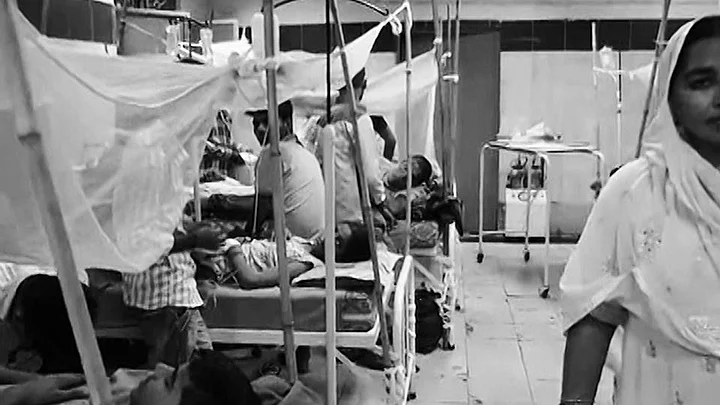Every year, 7 April is marked as World Health Day to draw attention towards the importance of maintaining global health standards.
According to a NITI Aayog report, while India has managed make notable gains in improving life expectancy, reducing fertility rate, addressing maternal and child mortality, and other health issues, the performance has fallen short of meeting targets both on the national as well as the global scale.
The NITI Aayog health index, which is a composite health index, has ranked Indian states based on their performance in the health sector. The index divides the states into three categories – larger states, smaller states and union territories – to ensure comparison among similar entities.
Under the larger states category, Kerala ranks as the healthiest state, while Uttar Pradesh ranks as the worst. Under the smaller states category, the index ranks Mizoram the best state, and Nagaland the worst. Among the Union Territories, Lakshadweep ranks best while Dadar and Nagar Haveli ranks worst.
The index ranks the states based on three indicators – health outcomes, governance and information, and key inputs. Using the indicators as the method of assessment, the index gives 70 percent weightage to health outcomes, 12 percent to governance and information, and 18 percent to key inputs and processes.
India Ranks 154 on Global Health Index
On the global health index, India ranks 154 of the 195 countries on the index. According to the Global Burden of Disease Study, India’s dismal ranking comes owing to its poor performance in tackling cases of tuberculosis, diabetes, chronic kidney diseases and rheumatic heart diseases.
Meanwhile, India’s neighbour China ranked at 82, while Sri Lanka ranked 73. The index was topped by Switzerland, followed by Sweden and Norway.
Government’s Health Policies
This year’s budget session saw the introduction of a new health plan termed ‘Modicare’, on the lines of the USA’s Obamacare. Also called the National Health Protection Scheme, it aims to provide 100 million families with an insurance cover of Rs 5 lakh.
The National Health Policy, introduced in 2017, aims at the ‘attainment of highest possible level of good health and well-being’, through a series of achievable targets. The targets are:
- HIV/AIDS: Achieve global target of 2020
- Eliminate Tuberculosis by 2025: Achieving and maintaining a cure rate of >85% in new sputum positive patients and reduce incidence of new cases.
- Reduce prevalence of blindness to 0.25/ 1000 by 2025 and disease burden by one-third from current levels.
- Reduce premature mortality from cardiovascular diseases, cancer, diabetes and chronic respiratory diseases by 25% by 2025.
Another flagship programme of the government is the National Tobacco Control Programme. Launched in 2007, the programme looks to spread awareness on the harmful effects of tobacco and the Tobacco Control Laws. Apart from creating awareness, it also aims at the implementation of the laws, thereby reducing the deaths caused by tobacco.
India also boasts of a National Mental Health Programme, which aims to ensure the availability and accessibility of minimum healthcare for all in the ‘foreseeable future’, by promoting community participation and encourage application of mental health knowledge in general healthcare.
(At The Quint, we question everything. Play an active role in shaping our journalism by becoming a member today.)
